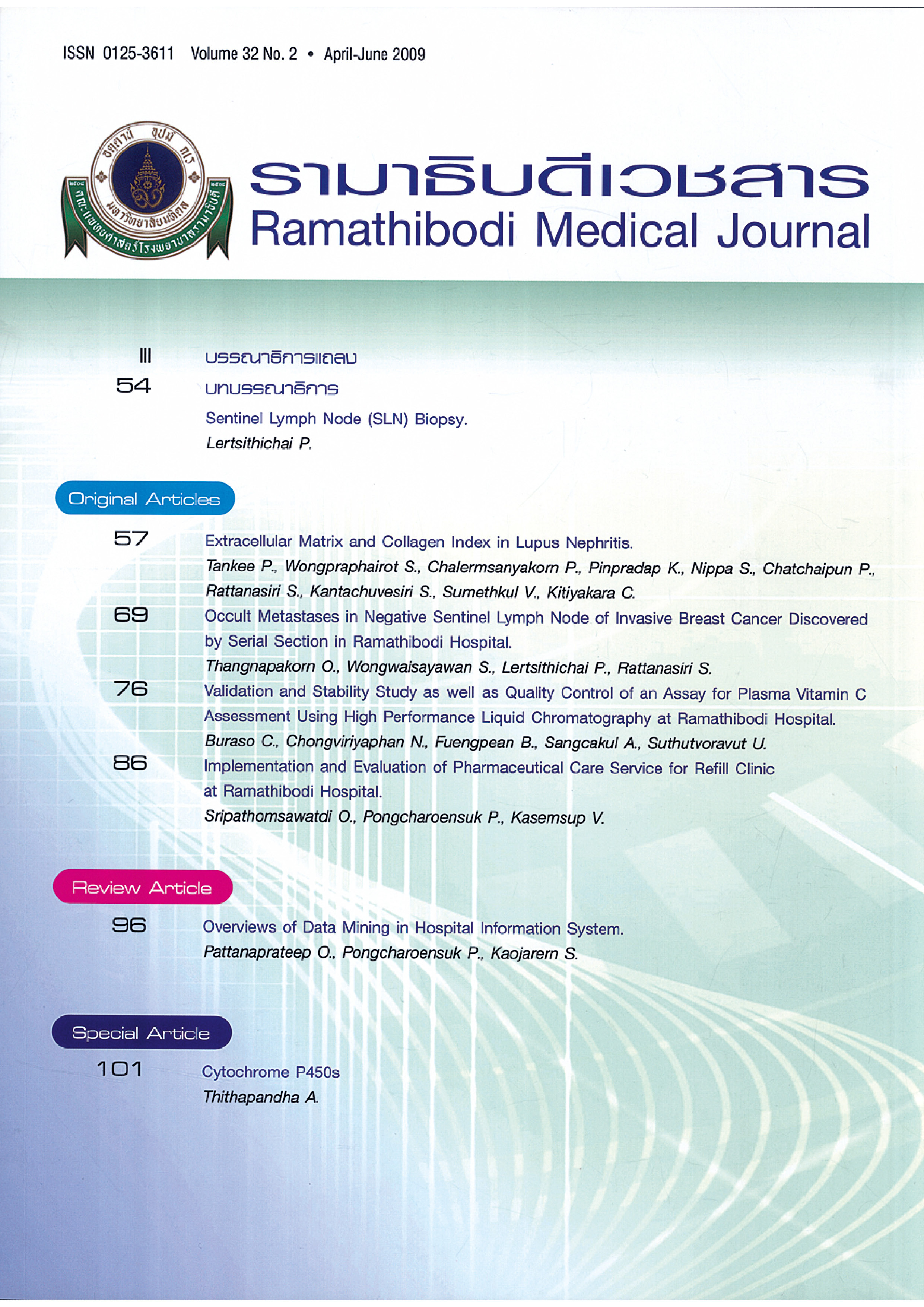Cytochrome P450s
Keywords:
CytochromeAbstract
Cytochrome P450s or CYPs are heme proteins found in several organs but in high amount in both mammalian and human livers. The heme iron binds oxygen in the CYP active site, where oxidation of xenobiotics and endogenous compounds occurs. Electrons are supplied by the enzyme NADPH-cyto- chrome P450 oxidoreductase and its cofactor, NADPH. Metabolism of a substrate by a CYP consumes one molecule of O2 and produces on oxidized substrate and a molecule of water (Fig. 1). Depending on the nature of the substrate, the reaction for some CYPs is partially “uncoupled,” consuming more Oz than substrate metabolized and producing “activated oxygen” or O2 which is usually converted to water by the enzyme superoxide dismutase (SOD).
References
Josephy PD and Mannervik B. Molecular Toxicology: Cytochrome P450: Chemical and Biochemical Aspects. 2nd ed. Oxford, New York: Oxford University Press; 2006:704-763.
Belmouden A, Melki R, Hamdani M, Zaghloul K, Amraoui A, Nadifi S, et al. A novel frameshift founder mutation in the cytochrome P450 1B1 (CYP1B1) gene is associated with primary congenital glaucoma in Morocco. Clin Genet. 2002;62(4):334-339. doi:10.1034/j.1399-0004.2002.620415.x.
Sarfarazi M, Stoilov I. Molecular genetics of primary congenital glaucoma. Eye (Lond). 2000;14 ( Pt 3B):422-428. doi:10.1038/eye.2000.126.
Coon MJ. Cytochrome P450: nature's most versatile biological catalyst. Annu Rev Pharmacol Toxicol. 2005;45:1-25. doi:10.1146/annurev.pharmtox.45.120403.100030.













